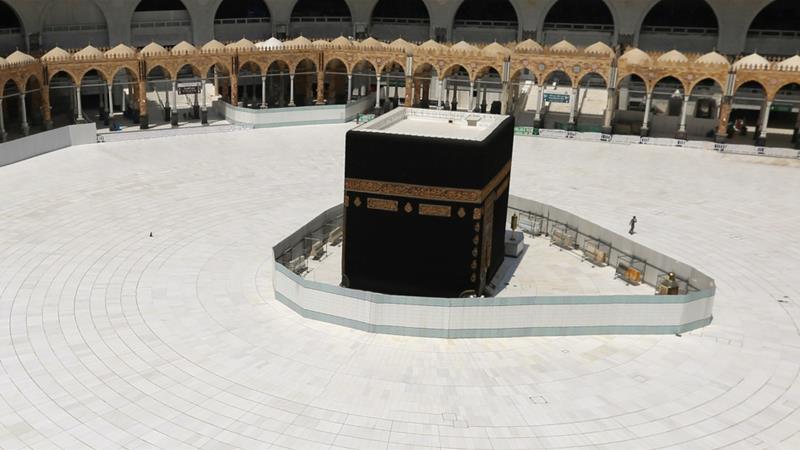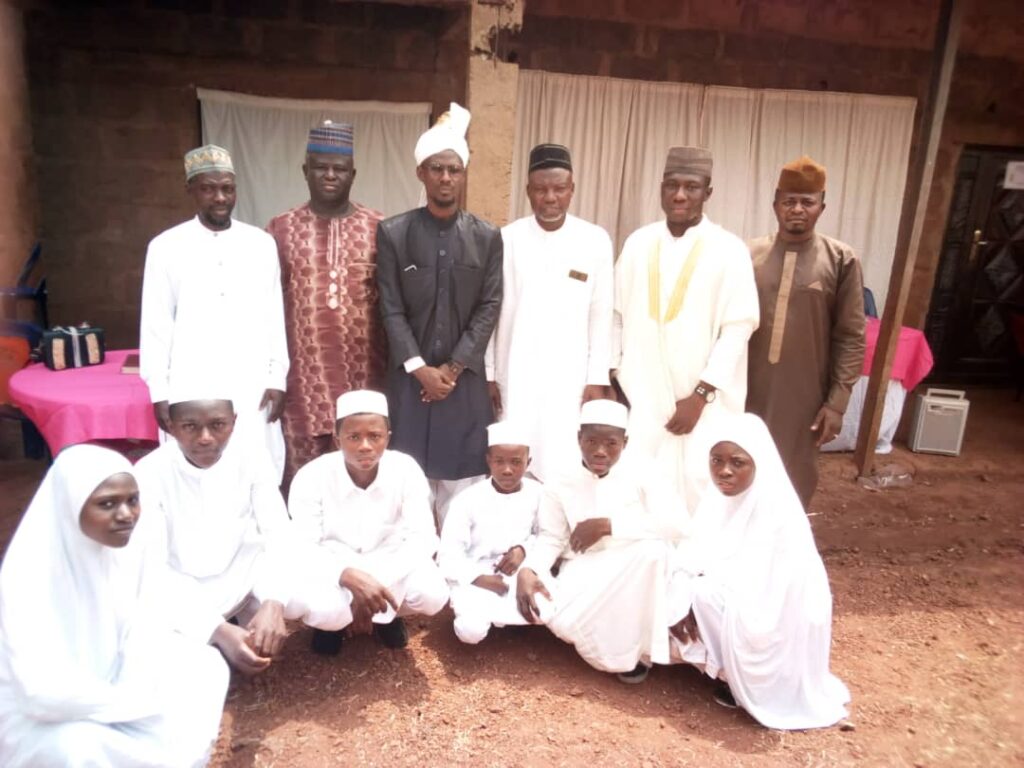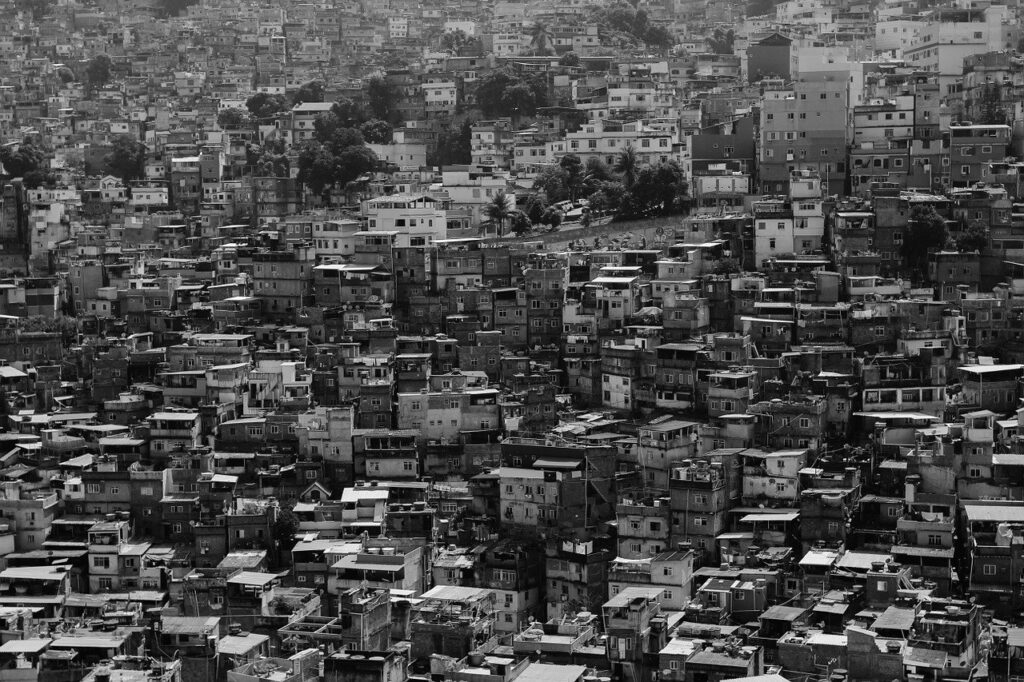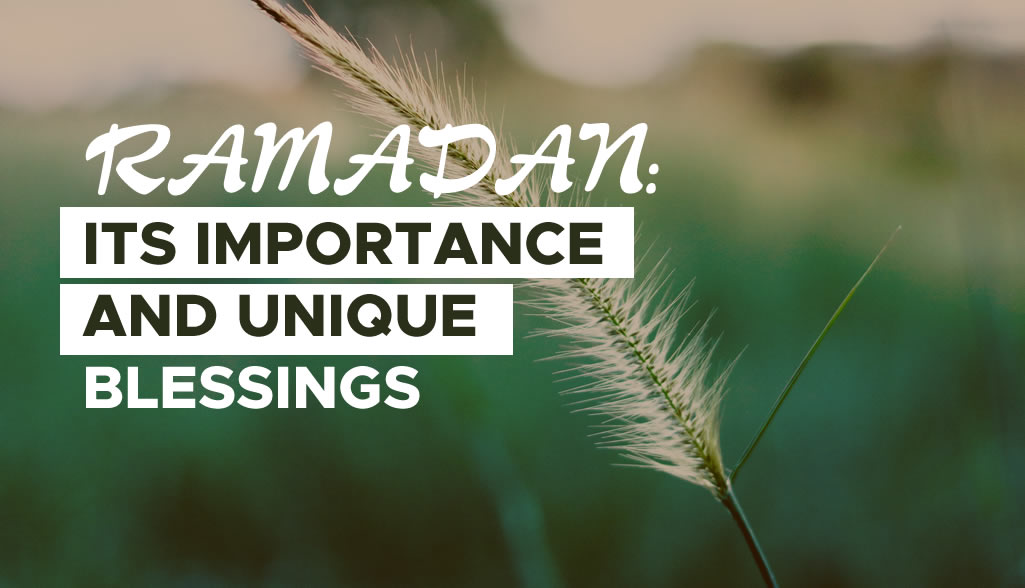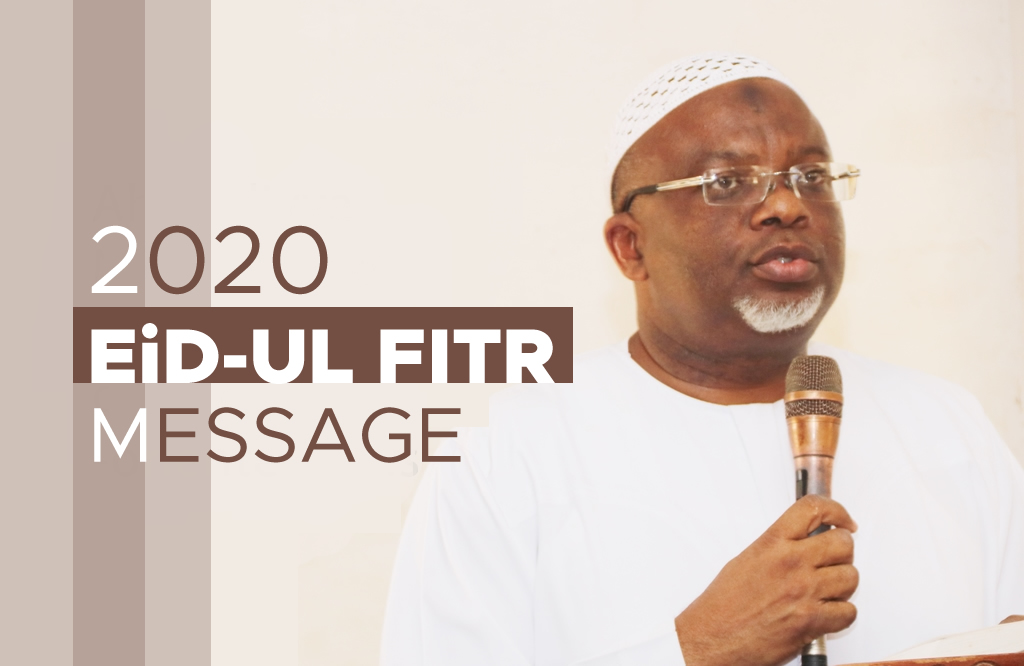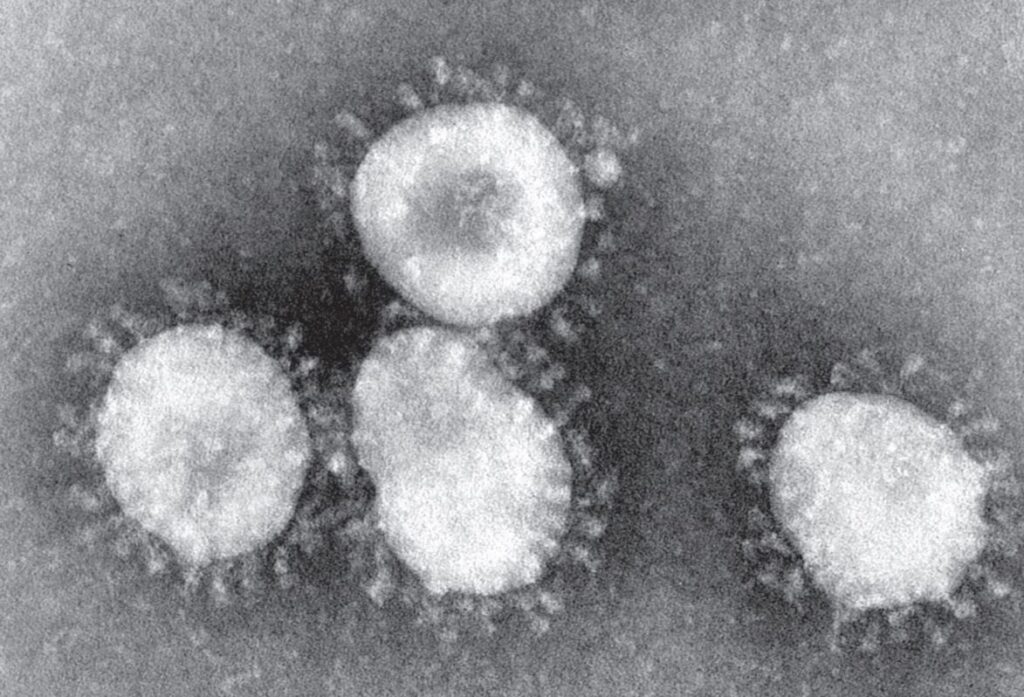The outbreak of Coronavirus disease 2019 (Covid-19) which occurred in China has continued to ravage human life, straining global health systems. First declared a Public Health Emergency of International Concern by the World Health Organization on January 30, 2020, the startling spread of the disease necessitated the global health body to further declare it a global pandemic on March 11, 2020. As this piece is being penned today, April 3rd, 2020, the global confirmed positive cases stand at 1,016,413 with a death toll of 53,238 and 213,134 recovered cases. Check update as at nowhere. It has since locked down our global village, particularly dealing a dead blow to the advanced countries. In many countries, it has restricted social activities, forcefully imposing new order of life upon the entire global human family. It has closed down places of worship. It has shut down factories and businesses, crushed global petrol price,s and pushed the world to the verge of a looming global economic and financial crisis. With the increasing global positive cases and death toll, but with no verified curable vaccine within our closest view yet, it is evident that the world is in the grip of a global catastrophe of a phenomenal proportion. Notably, amid the trending global health crisis, the media (both mainstream and social) and the internet and “street” discussions have been buzzing with various and conflicting conspiracy theories and speculations about the underlying factors that effectuated the outbreak of this global pandemic. In the following lines, this piece will attempt a brief assessment of these speculations and present what it views as the Quranic verdict on the pandemic. Among the viral conspiracy theories and speculations are: The Biological Warfare Conspiracy Theory There are those who speculate that COVID-19 is a bioweapon unleashed by a certain world power in pre-calculated biological warfare to gain or maintain global political and economic ascendancy and hegemony. Two conflicting powers are pushing this conspiracy theory: The American Connection As an article written by Phil Muncaster and published by Infosecurity Magazine on 1 April 2020 shows, while Chinese conspiracy theory which posits that COVID-19 was some kind of US military bioweapon date back to January, by February 1, speculation began to spread that the virus was linked to US attendance at the Military World Games, which took place in Wuhan in October 2019. Subsequently, Zhao Lijian, deputy director-general of the Chinese Foreign Ministry’s Information Department, took to Twitter on March 12 to suggest “the US army brought the epidemic to Wuhan.” This was followed a few hours later by another tweet of Zhao’s which shared an article from a conspiracy theory site that “the virus originated in the US.” The Chinese Connection On 29 March, 20202, Economic Times published an article entitled ‘A Bioweapon or Effects of 5G? 7 Conspiracy Theories Around Coronavirus That Will Shock You.’ The article documents how those on the American side are sharing suspicions that the virus could have originated from Wuhan, Institute of Virology, which houses China’s only level-four biosafety laboratory (the highest-level classification of labs that study the deadliest viruses). The first prominent personality to come out publicly and support the theory was the US senator Tom Cotton who appeared on Fox News to allege that the virus could indeed have originated from the lab. It is perhaps against this backdrop and/or in an attempt to impress this upon the world, that the US President, Donald Trump has since been referring to COVID-19 as a Chinese virus. 2. The Effects of 5G Technology Speculation A connection between 5G Technology and coronavirus has also surfaced online. This speculation attributes the global pandemic to the effects of 5G technology. COVID-19 is believed to have originated from a wet market in Wuhan, China, in November. Coincidentally, China also turned on some of its 5G networks in November. 3. The Natural Pandemic Speculation There is another speculative theory that tends to believe that COVID-19 is a natural pandemic that has its causes or origins in the Chinese seafood market. This was substantiated by reports from Chinese health authorities and the World Health Organization which said that “most” cases had links to the seafood market, which was closed on 1 January 2020. Observably, two conflicting attitudes are being held towards this perspective by two different sections of people. One, those who seem to believe that since COVID-19 has its origin in natural causes, the scientific and technological community would soon discover and produce vaccine(s) for it, and so, like every other earlier pandemic, it would soon be defeated or disappeared from the world, notwithstanding the overall limited casualties that would be recorded anyway! The second attitude tries to make sense of COVID-19 as a natural pandemic meant by the divine as a reformatory punishment to draw mankind back to their Supreme Creator and God. At this juncture, it is important to look into the Glorious Quran and find out how does it address the present COVID-19, particularly, its attitude to the foregoing conflicting speculations about the factors behind the global pandemic. From a general principle that “There befalls not any calamity either in the earth or in your even persons, but it is recorded in a Book before We bring it into being…” (Q. 57:23), the Holy Quran goes further to declare in the verse 66th of its Chapter 6 that: “Say, ‘He has the power to send punishment upon you from above or from beneath your feet, or to confound you by splitting you into sects and make you taste the violence of one another.’ See how We expound the Signs in various ways that they may understand.” In his celebrated Quranic commentary, the Second Supreme Head of the Worldwide Ahmadiyya Muslim Community, Hadhrat Mirza Bashirudeen Mahmud Ahmad (ra) explained this verse thus: “The Quran here refers to some of the kinds of punishment which God may send down on men. Punishments “from above” signify famines, earthquakes, floods, hurricanes, oppression of the weak by the powerful, mental agony, etc. And

